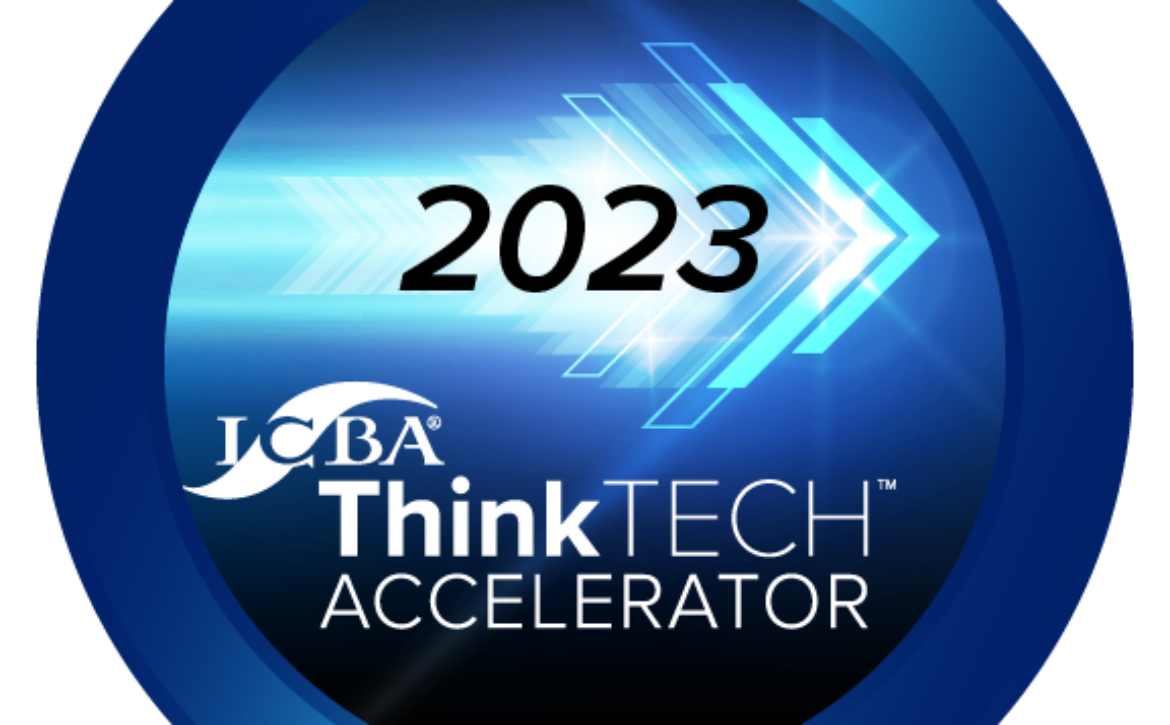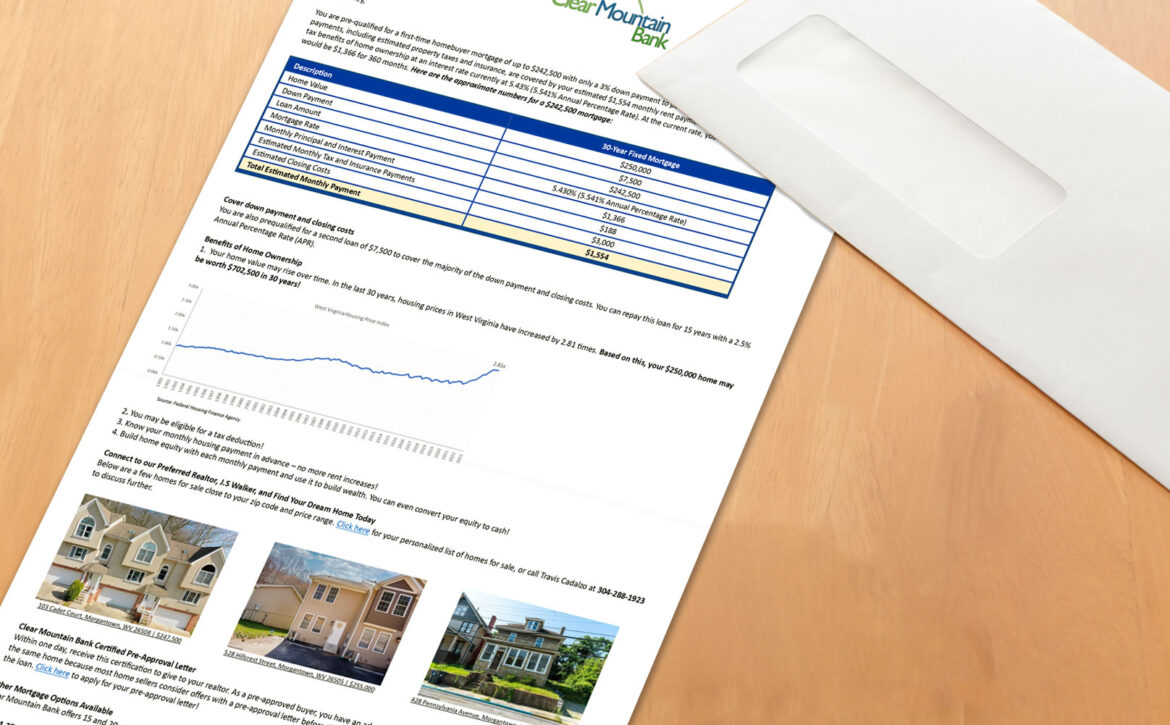Dream Unlocked: How Community Financial Institutions Can Help Millennials Buy Their First Home
By Xav Harrigin-Ramoutar
In an era where memes often echo the financial insecurities of millennials, the dream of owning a home seems just that—a dream. Despite steady jobs and substantial salaries, many millennials view the prospect of buying a home through a lens clouded with myths and misunderstandings. This generation faces unprecedented challenges, with the average age of first-time homebuyers increasing to 36 years due to economic pressures and the necessity to save for larger down payments (NAR). Furthermore, historically, the homeownership rate among first-time buyers has been declining, with recent figures showing that only 26% to 32% of all home purchases are made by first-time buyers, significantly lower than in past decades (NAR).
The economic environment, including high interest rates and home prices, has made it increasingly challenging for first-time buyers to enter the market. Even with a median household income of around $95,900 for first-time homebuyers, high debt-to-income ratios—often exacerbated by student loans and other debts—remain a significant barrier, as most lenders require a ratio no higher than 43% (Fortune).
Community financial institutions, equipped with Micronotes’ technology, are uniquely positioned to dispel these myths and transform this demographic’s approach to homeownership. By offering personalized financial solutions and leveraging cutting-edge technology, these institutions can make the seemingly unattainable dream of owning a home a tangible reality for the millennial generation. This technology not only personalizes financial guidance but also actively engages users in planning and achieving their goals, promising a new era where community banks and credit unions can bridge the gap between millennial aspirations and homeownership realities.
Understanding the Millennial Homebuyer
Meet Barbara, a 32-year-old data analyst. She represents a significant segment of potential first-time homebuyers. Despite a robust salary and a strong educational background, Barbara typifies many in her generation who view homeownership as a distant, if not unachievable, dream. This outlook is compounded by a general lack of financial literacy. For example, many home-buyers are discouraged by the misconceptions that a 20% down payment is necessary to qualify for mortgages, unaware of the existence of alternative financing options that require far less upfront.
The barriers for millennial homebuyers are not just psychological but are also entrenched in economic realities. Many millennials face high debt-to-income ratios due to substantial student loans, making it difficult to qualify for traditional mortgages. Financial literacy gaps further complicate their ability to navigate mortgage options, understand credit implications, and recognize programs designed for buyers like them.
As the average age of first-time homebuyers continues to rise, now standing at 36 years, the challenges of accumulating sufficient savings amidst growing living costs and stagnant wage growth persist. These factors collectively contribute to millennials’ hesitancy to enter the housing market, making education and personalized financial guidance more crucial than ever.
The Role of Community Banks and Credit Unions
Community banks and credit unions occupy a unique niche within the financial landscape, especially beneficial for millennials like Barbara who may feel sidelined by the traditional mortgage process. These institutions excel in providing personalized service, thanks to their community-focused business models. They are not just familiar with the local market conditions but are an integral part of the community’s economic ecosystem, enabling them to offer bespoke advice that large national banks may not.
Moreover, community banks and credit unions often have greater flexibility in their loan offerings. This flexibility allows them to tailor financial products to better suit the varied needs of millennial buyers, who may not always meet the strict criteria of traditional lending models. By prioritizing relationships over transactions, these smaller institutions can guide first-time buyers through the complex process of purchasing a home, offering educational resources and patient guidance that demystify financial terms and processes, thus aligning closely with the needs of first-time homebuyers.
Leveraging Micronotes Technology
Micronotes’ technology significantly amplifies the potential of community banks and credit unions to engage and support millennial homebuyers effectively. By integrating big credit data into personalized interactions, Micronotes allows these institutions to deliver highly tailored financial advice directly to clients like Barbara, who may need guidance tailored to their unique financial situations. This technology facilitates deep, meaningful conversations that can assess a customer’s financial health and readiness for buying a home, making the advisory process more intimate and efficient.
Additionally, the platform’s capability for targeted marketing campaigns enables community banks to reach potential homebuyers at just the right moment. By analyzing customer data, Micronotes crafts financially personalized firm offers of credit to that speak directly to the concerns and aspirations of first-time buyers, presenting each with timely and relevant product offerings like low-down-payment loans or first-time buyer incentives..
These features not only enhance customer engagement but also ensure that community banks and credit unions can effectively compete in a market increasingly dominated by large financial institutions, all while maintaining their hallmark of personalized service. By leveraging Micronotes, these community-oriented institutions can turn the daunting process of purchasing a first home into a manageable, guided journey, thus aligning perfectly with the needs and values of millennial clients.
Real-world Application and Success Stories
Community banks and credit unions have successfully leveraged Micronotes technology to guide and support first-time homebuyers. For example, a community bank in the Midwest implemented Micronotes to identify and reach out to potential first-time buyers like Barbara. Using the platform, the bank was able to segment its customer base effectively, identifying those who might be on the cusp of qualifying for a home loan.
Through financially personalized Micronotes prescreen campaigns, the bank provided these customers with personalized financial advice and information about specific products designed for first-time buyers. This illustrates how Micronotes can transform the outreach capabilities of community banks, making them pivotal players in turning the homeownership dream into a reality for many millennials.
Conclusion
The integration of Micronotes technology by community banks and credit unions can significantly impact millennial homebuyers, turning the daunting goal of homeownership into an achievable reality. By leveraging financially personalized interactions, financial education tools, and targeted marketing strategies, these institutions can address the unique challenges faced by millennials. The success stories from community banks using Micronotes highlight the powerful potential of such technology to increase engagement and support first-time buyers effectively.











